93470235 Original Solenoid Valve – Ingersoll Rand China Distributor Top Price
$1,725.0 Original price was: $1,725.0.$1,385.0Current price is: $1,385.0.
- Brand: Ingersoll Rand
- Original Part Code: 93470235, 39530852
- Country/Region of Manufacture: China
- TYPE: Solenoid Valve with the oil-cut – Oil Stop valve
- Weight Reference: 5kg
- Price: Negotiable
- Delivery time: 3-8 working days (if stock is available), up to 2-4 weeks per order quantity and availability.
Genuine Original Ingersoll Rand Regulating Solenoid Valve
AirCompressorsTrade.com (China Pudding Mechatronic Co. CPMC) serves you the designated genuine original Ingersoll Rand solenoid valve. If your part numbers are different, please send email or whatsApp message to us for cross check.
Delivery time: It takes 3-8 days by EXPRESS (DHL, FEDEX, TNT, UPS, SF-Express, etc) to countries like: Philippines, Indonesia, Brunei, Malaysia, Singapore, Japan, South Korea, Bangladesh, India, Laos, Vietnam, Thailand, South Africa, Middle East, South America, USA, Canada, Australia and Auckland-New Zealand… (the exact shipping time is subject to change per COVIID19 world situation). Best prices, availability, and Atlas Copco Factory delivery leading time info is upon instant inquiry. Whatsapp https://wa.me/8618080158435
Enquiry for: 93470235 Original Solenoid Valve – Ingersoll Rand China Distributor Top Price
Overview
Ingersoll Rand’s automatic basic components used to control fluids belong to actuators, not limited to hydraulics and pneumatics. Used in industrial control systems to adjust the direction, flow, speed and other parameters of the medium. The solenoid valve can cooperate with different circuits to achieve the desired control, and the accuracy and flexibility of the control can be guaranteed.
There are many types of Ingersoll Rand solenoid valves. Different solenoid valves play a role in different positions of the control system. Commonly used are check valves, safety valves, directional control valves, speed control valves, etc.
Ingersoll Rand IR air compressor solenoid valve selection basis: according to the pipeline parameters to select the solenoid valve: diameter specification (namely DN), interface mode.
1) Determine the diameter (DN) size according to the pipe inner diameter size or flow requirements on site;
2) Interface mode, generally >DN50 should choose flange interface, ≤DN50 can be freely selected according to user needs.
When the coil is energized or de-energized, the operation of the magnetic core will cause the fluid to pass through the valve body or be cut off to achieve the purpose of changing the direction of the fluid. The electromagnetic components of Ingersoll Rand solenoid valve are composed of fixed iron core, moving iron core, coil and other parts; the valve body part is composed of spool valve core, spool valve sleeve, spring base and so on. The solenoid coil is directly installed on the valve body, and the valve body is enclosed in a sealed tube, forming a simple and compact combination. The solenoid valves commonly used in our production include two-position three-way, two-position four-way, two-position five-way, etc.
Let’s talk about the meaning of the two positions: for Ingersoll Rand solenoid valve, it is charged and de-energized, and for the controlled valve, it is open and closed. In the oxygen generator instrument control system, the two-position three-way solenoid valve is mostly used. It can be used to connect or cut off the gas source in production, thereby switching the pneumatic control membrane head gas path. It is composed of a valve body, a valve cover, an electromagnetic component, a spring, and a sealing structure. The sealing block at the bottom of the moving iron core closes the air inlet of the valve body by the pressure of the spring. After energizing, the electromagnet attracts and the sealing block with a spring on the upper part of the moving iron core closes the exhaust port, and the airflow enters the membrane head from the intake port, which plays a control role. When the power is lost, the electromagnetic force disappears, the moving iron core leaves the fixed iron core under the action of the spring force, moves downwards, opens the exhaust port, blocks the air intake, the airflow of the membrane head is discharged through the exhaust port, and the diaphragm recovers Original location. In our oxygen production equipment, it is used in the emergency shut-off of the membrane regulating valve at the inlet of the turboexpander.
Learn more different valves in air compressors.
Buyer’s Notice
Note: Based on our field experience and accrued internal information, all references, technical information and recommendations here are in good faith and reliable. However buyer should be cautioned, that AirCompressorsTrade cannot guarantee the completeness or accuracy of this information,the customer should be responsibile to determine the suitability of specific products in any given scenarios.
Chengdu Pudding Mechatronic Co. CPMC was established with a vision to provide international buyers competitive prices for world famous air compressors and the related GENUINE ORIGINAL spare parts, air tools, woodworking tools & hardware products with professional consultancy and sales service. Based in China and running our own network AirCompressorsTrade.Com, we consistently strive to become one of the most influential DIRECT online supplier rather than those middle handlers on third platform like Alibaba, Made-in-China or Globalsources, Ebay, Amazon or Shopify.
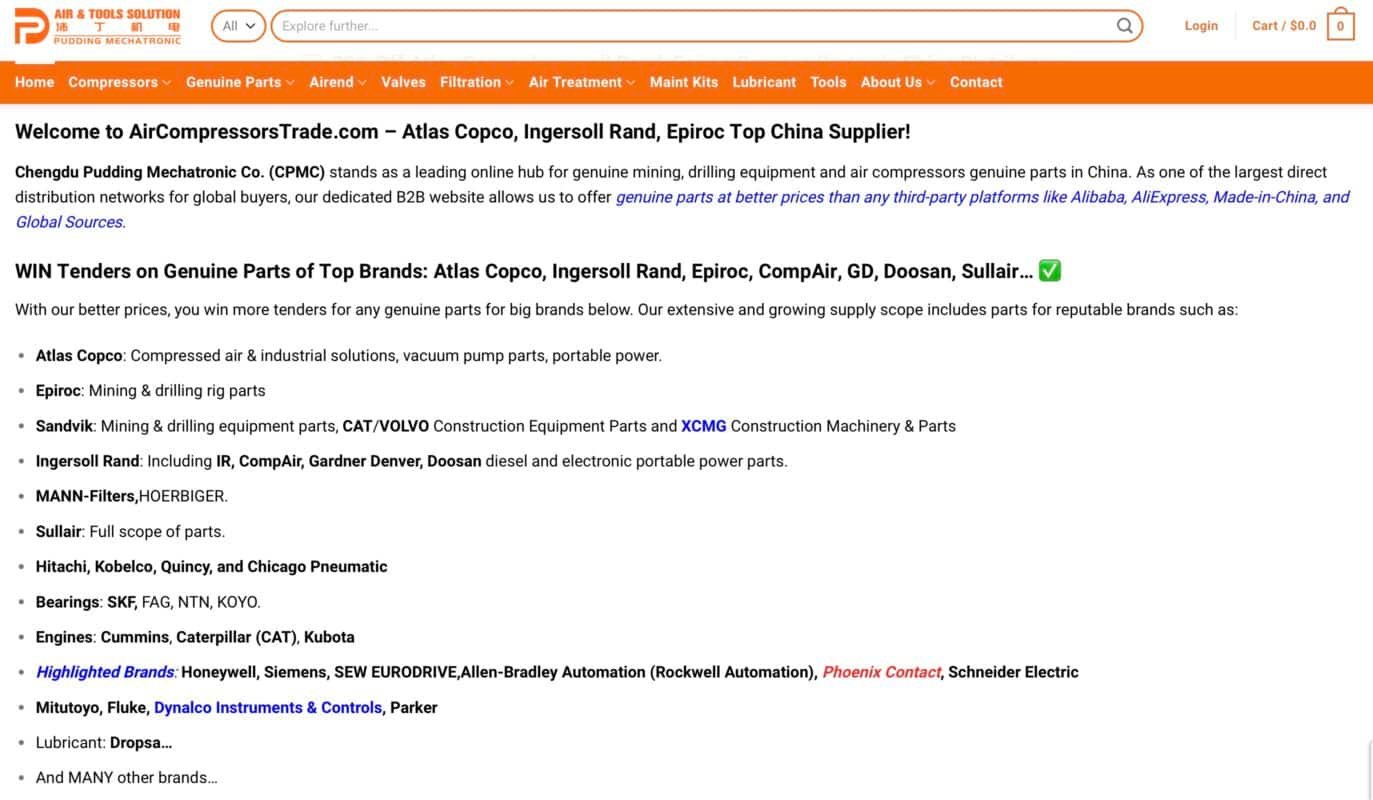
CPMC China Air Compressors and Genuine Original Parts Business Divisions:
Our business main 3 lines
- Compressors +Air Dryers of all types & models for Atlas Copco, Sullair, Ingersoll Rand, Doosan, CompAir, GD, etc and China Local Brand;
- “Genuine Original parts“ for above brands for stationary compressors and portable mobile compressors; Vacuum Pumps and Original Parts; And OEM or replacement parts per clients request;
- Second hand equipment of air compressors and air end, motors, etc.
CPMC China service team work closely with many world reputable manufactures, and the related OEM factories, inner Chanel resources home and abroad. International buyers can expect better prices from us than purchasing from third party platforms, meanwhile we ensure “Genuine products” with reliable delivery.
World Famous Air Compressors we deal:
- Atlas Copco
- Sullair
- Ingersoll Rand
- CompAir
- Doosan
- Gardner Denver
- Chicago Pneumatic
- Quincy
- Kaeser, etc
Chinese Giants of air compressors and spare parts:
- Kaishan
- East Asia – Jaguar Air Compressors
- Hongwuhuan – Red Five Rings
CPMC China compressors, Genuine Spare Parts, and Tools Worldwide Market
About China Chengdu Pudding Mechatronic Co., CPMC (Legal notice)
Chengdu Pudding Mechatronic Co., CPMC is an independent supplier offering Air Compressors and Genuine Original Parts, or OEM parts and/or aftermarket products (per client’s request) for international buyers. Our mission is to provide overseas buyers with quality air compressors, related parts, air tools and woodworking tools with discounted offers. However CPMC is not affiliated with most manufacturers mentioned on this website. Genuine Original Parts or the Original Equipment Manufacturer’s trademarks belong to each manufacturer. AirCompressorsTrade.com makes no claims of special affiliation with or special sanctions by the original manufacturers or the respective trademarks.
When you import physical things from a country far from home, we are sure that you are concerned about the Packing, Shipping and Delivery reliability and efficiency. To work with Air Compressors Trade (Chengdu Pudding Mechatronic Co.CPMC Sichuan, China), you can feel worry free for each and every of your orders with us. Once purchase payment done, our staff will keep an eye on your orders to ensure it is in the right process. And we will stay in touch closely via phone calls, WhatsApp, WeChat and Emails. Thank you for the booking.
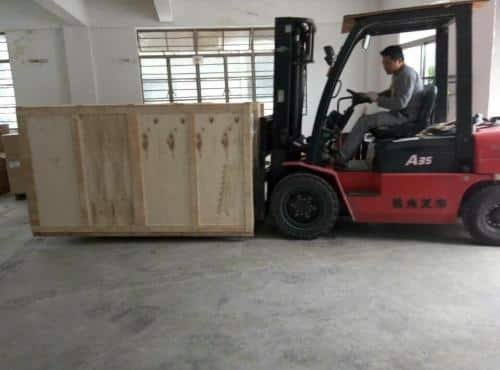
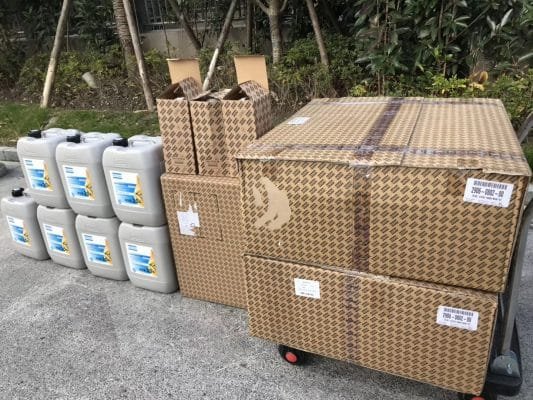




Only logged in customers who have purchased this product may leave a review.
Here are the answers to the frequently asked questions from our customers abroad. Should you have any further questions or concerns on air compressors, spare parts, tools, welcome to leave your questions. Our sales consultants will try best to address every of your concerns. Thank you for choosing Chengdu Pudding Mechatronic Co.,CPMC (成都沛丁机电设备有限公司/Chengdu Peiding Mechatronic Co., Ltd.)
购买常见问题
We have been trying best to bring the most competitive prices to our international buyers, however some of our online prices are probably not updated for quite a while and our factories may increase or decrease our distribution prices without prior notice far in advance. So if you feel you may get a cheaper price for a designated compressor or spare part, please send us detailed requirements with specifications such as name plate, parts numbers, pictures, etc. We will answer you with great prices via email SOON.
Yes, of course, we double check all the specified items you purchase from us before and during the packing. Further more, if requested, additional insurance can be inclusive for the China mainland and/or international shipping.
Yes, please provide the detailed and exact address, contact person, phone number and the appropriate time for picking up.
Yes, we can ship your goods to your designated Amazon/Europe warehouse, or even deliver to your door as well.
We accept T/T, Western Union, WeChat Pay, Alipay, PayPal, Credit Card with 3-4.5% fee.
You can pay us by bank telex transfer (T/T), Western Union, PayPal and so on. However, like any online international gateway B2B or B2C websites which normally surcharge 2% as transaction fee both on buyers and suppliers together, the banking fee and the transaction fee for your purchase with us may apply (This small fee is cheaper and it is subject to vary via different payment gateway, 1-2%). Some buyers have Alipay or WeChat pay through their friends or agent in China, this is really convenient and also cheap way to pay us. However we suggest the T/T or western Union agent transfer. For Credit card payment, there would be 3-4.5% surcharge on top of the quotation.
Yes, we have been working in international trade business for years. We have a bunch of shippers/ forwarders and companies all of which have all necessary export licenses thus we can provide the customs declaration and ship the goods out to you. We are able to provide you the competitve quotation based on incoterms FOB, CIF to DDP, etc.
We have been in air compressors and spare parts sales and services for nearly 5 years. We know the China domestic and international markets and the products quality level in the field. We know how competitive we can be during and after the COVID19 world wide situation. All our sales service staff have working experiences in selling air compressors, spare parts and industrial tools on Alibaba or AliExpress.
Please be patient to expect your package which should arrive safely according to schedule in regular basis, however the worldwide COVID19 is still unstable in some regions of the world, and this may infect the China international shipping time. If this product is for virus protection purposes and if the coronavirus (COVID-19) will affect your purchase delivery, it will, anyhow, get to you after the necessary custom procedure.
Feel free to ask your questions you may have, and we will update our answers in couple of hours generally.
Thank you for contacting us, China Pudding Mechatronic Co.CPMC Service team will get back to you in 0.5-23.5hours!

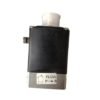
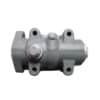
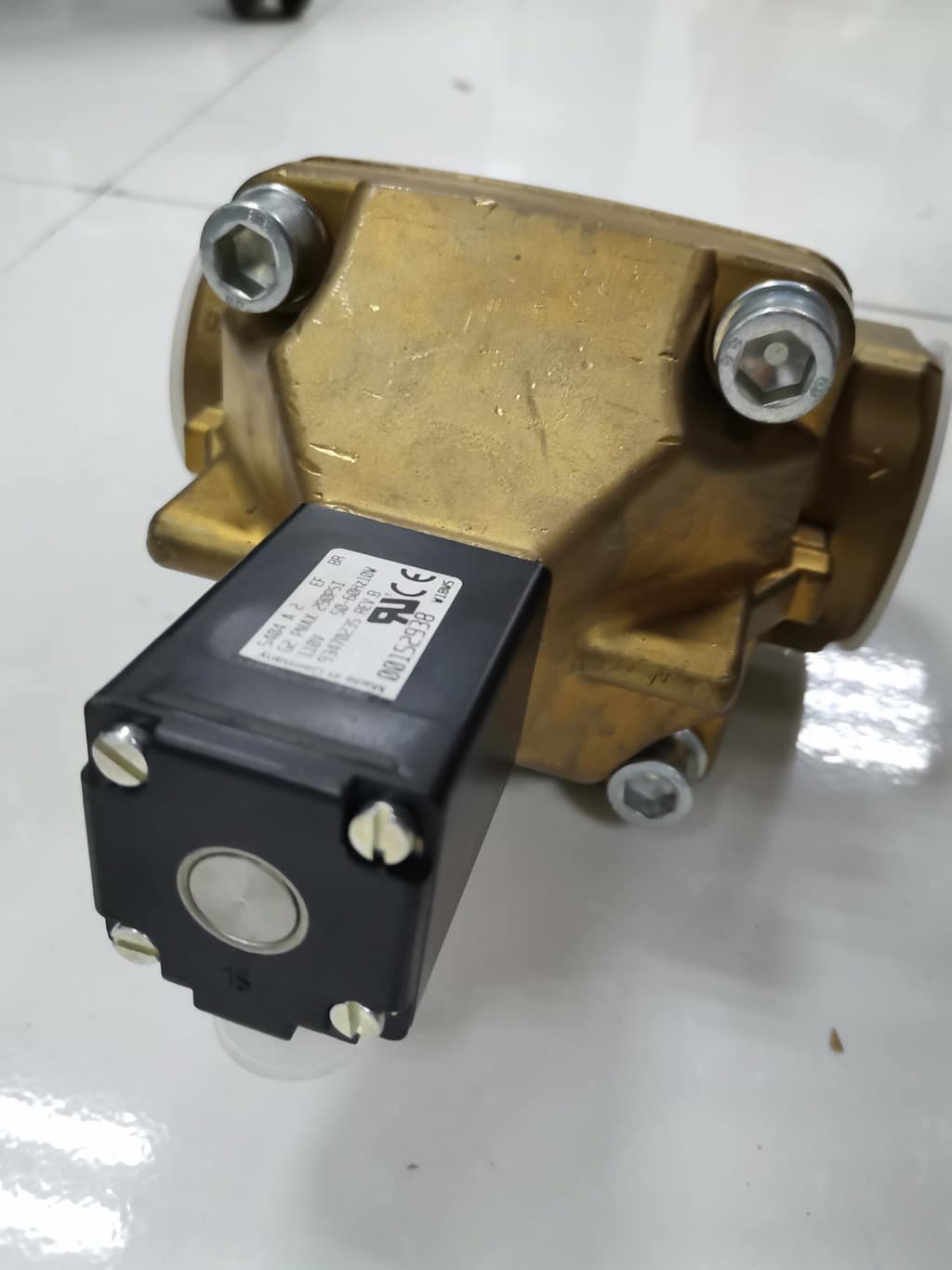
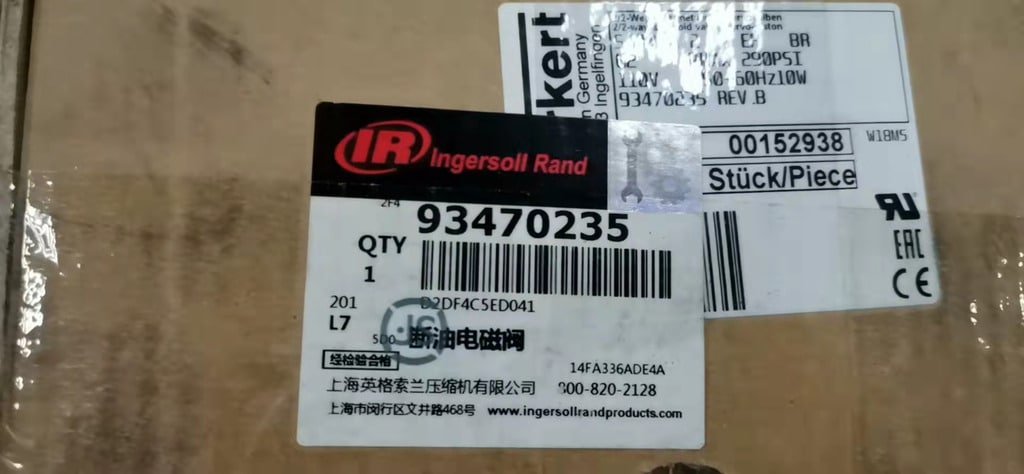
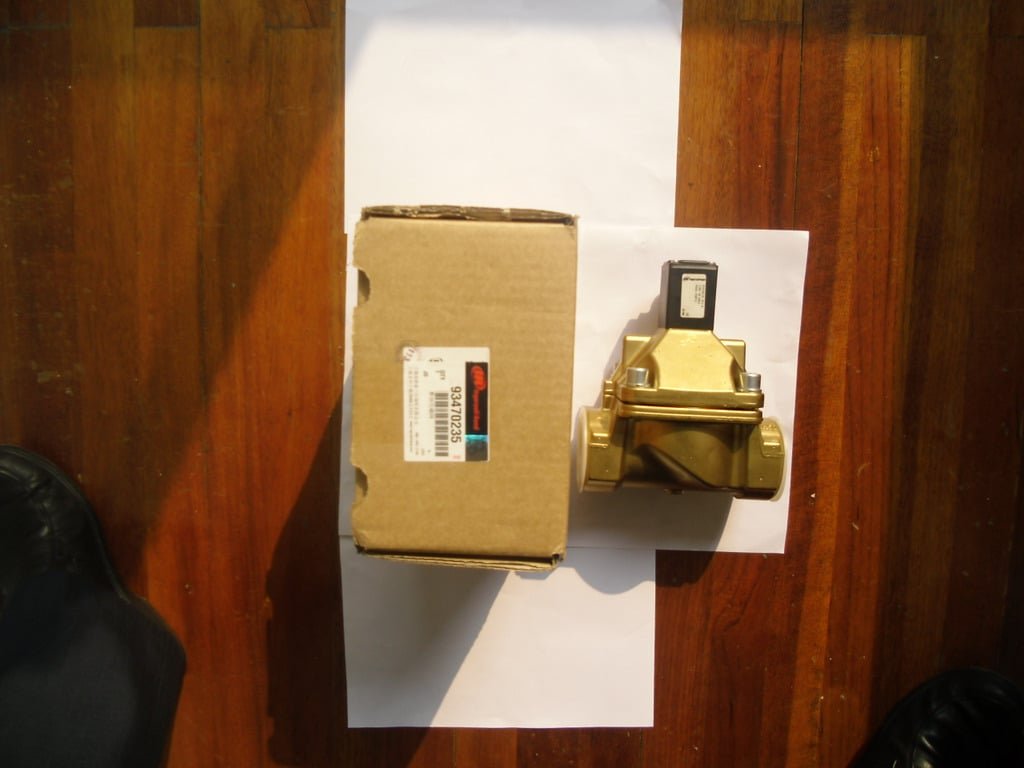
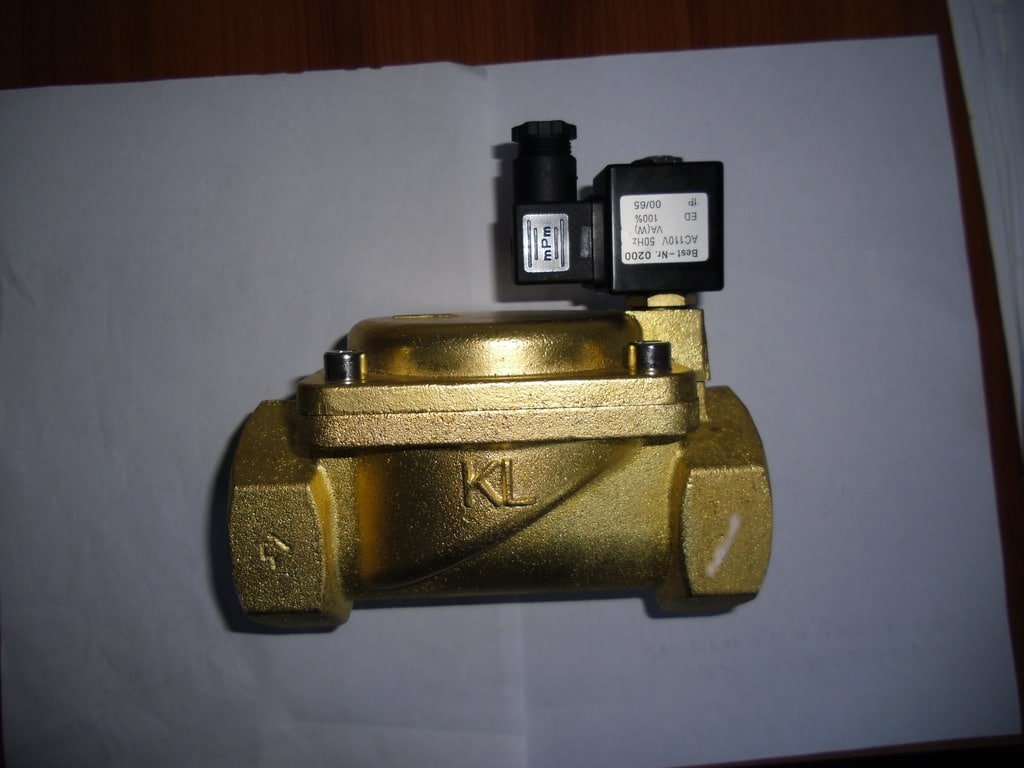
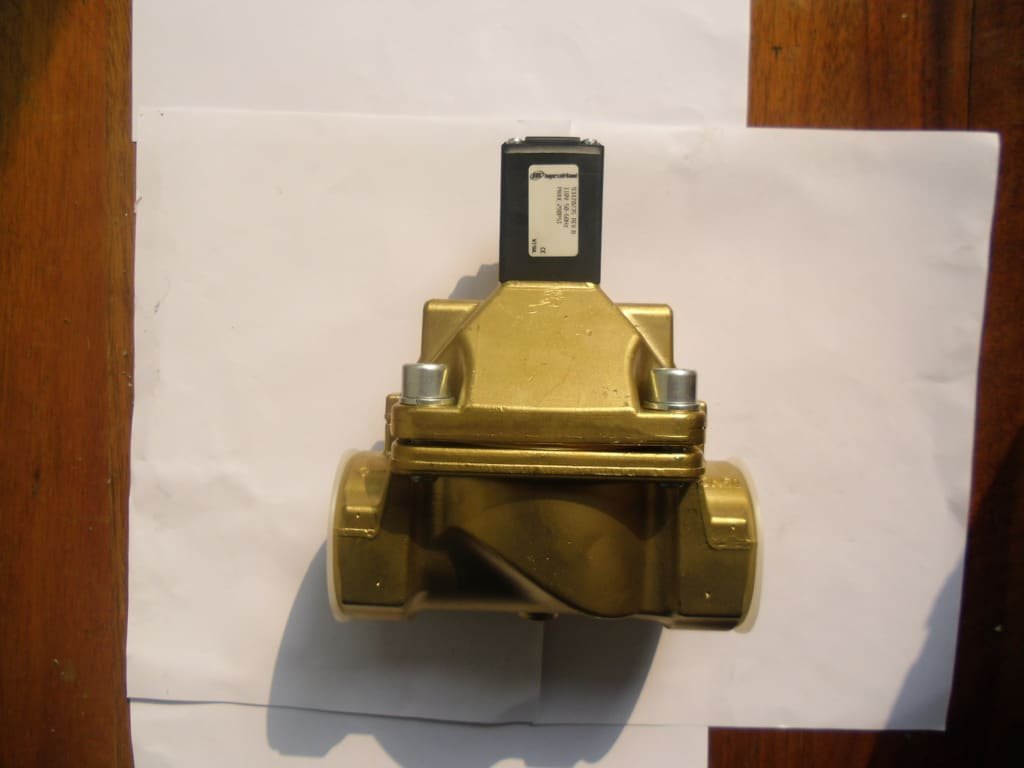
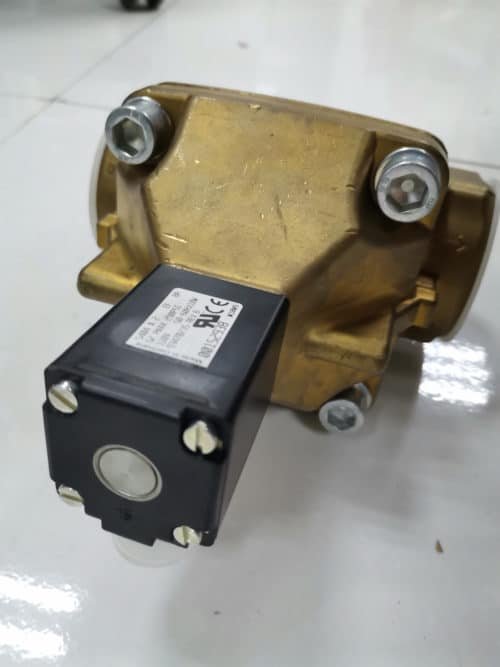
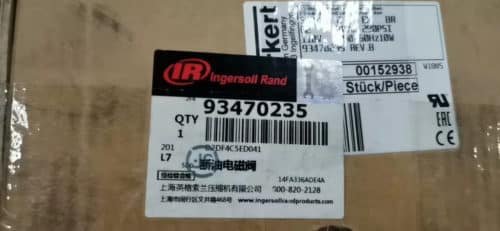
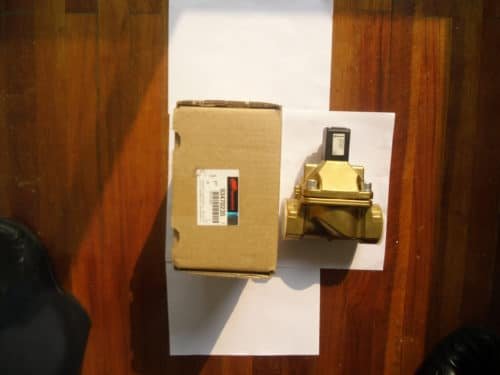
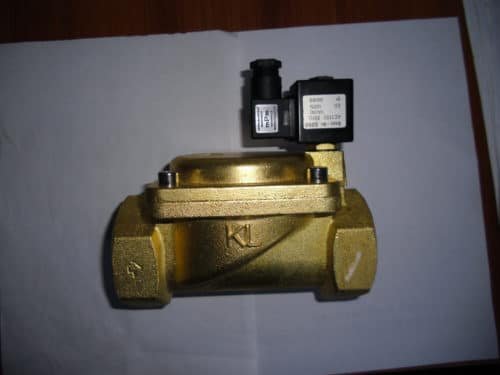
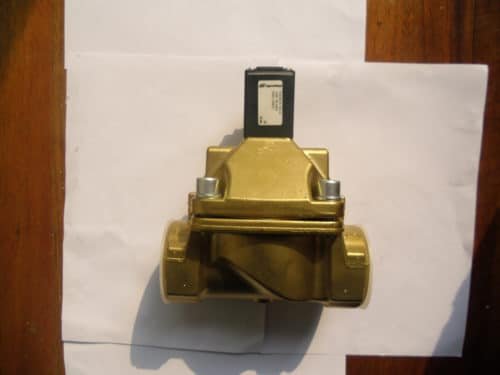
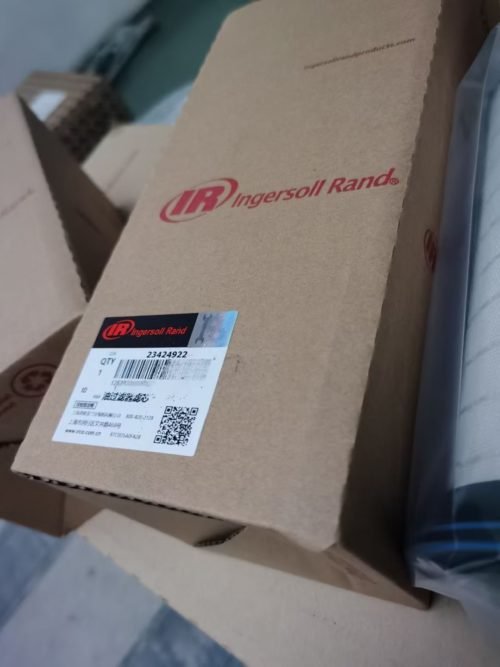
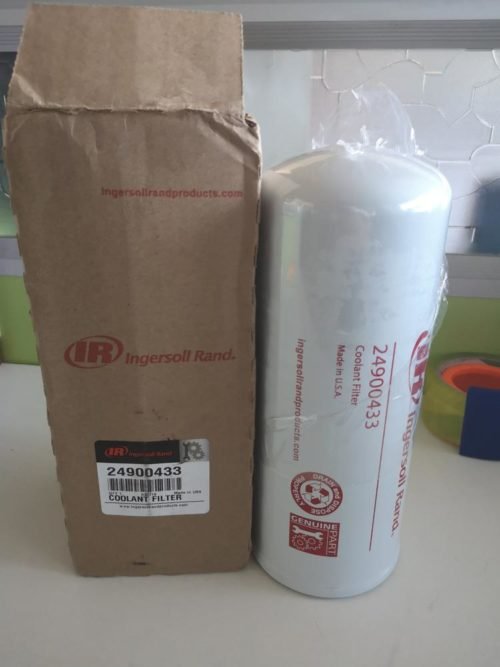
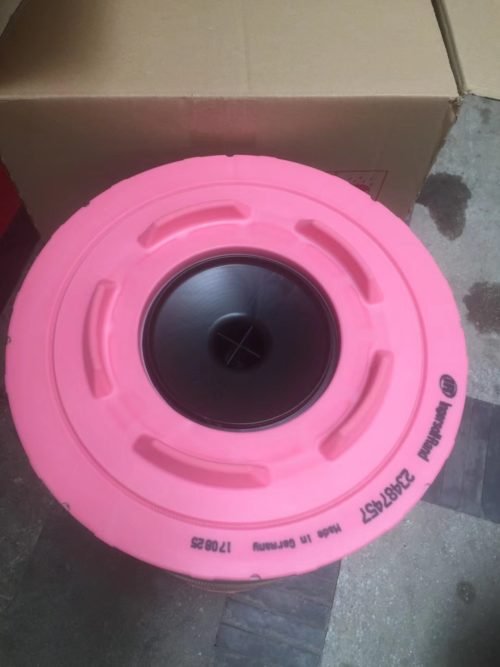
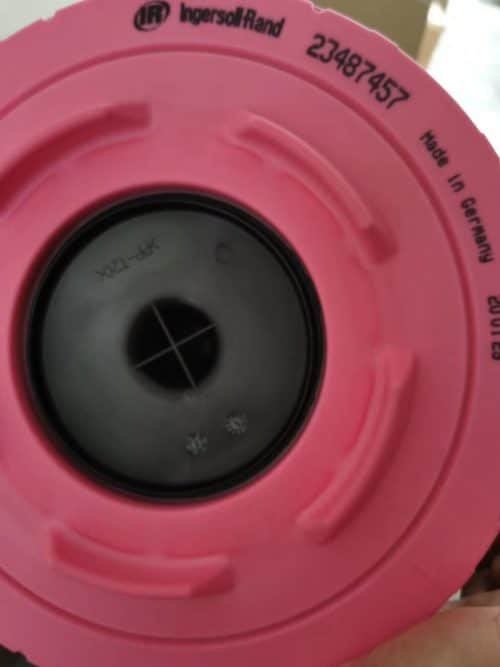

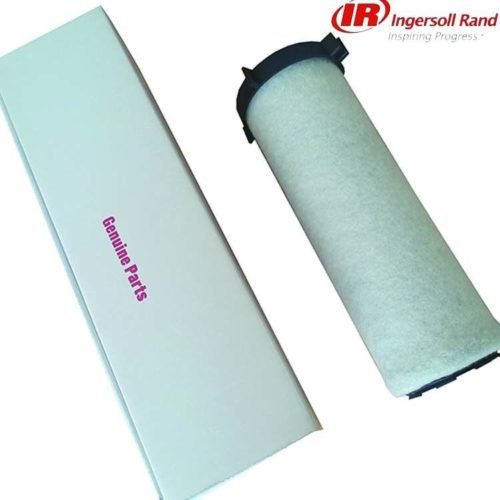
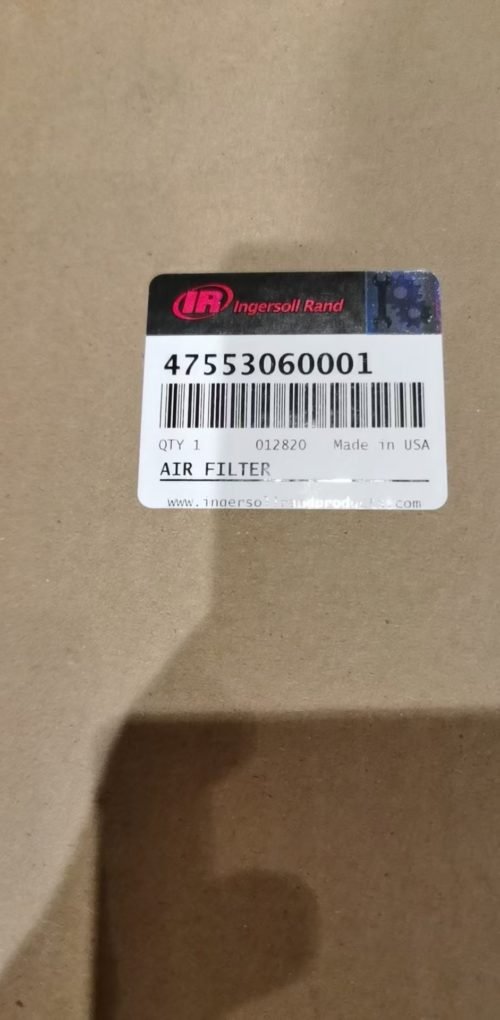

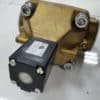
Reviews
There are no reviews yet.